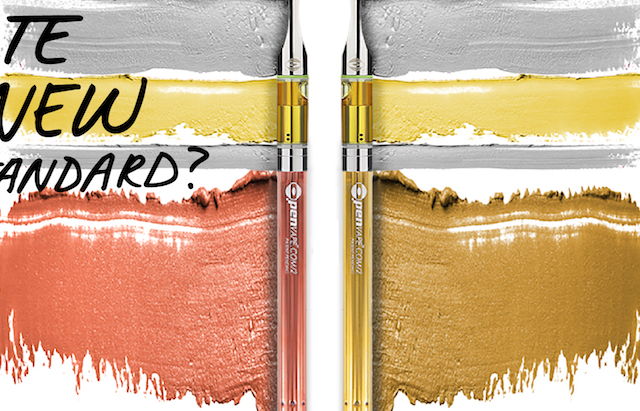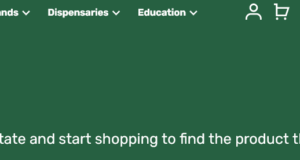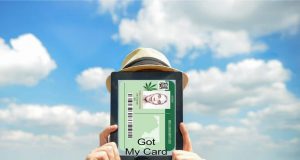What is Hemp
Hemp is among the earliest domesticated crops known to mankind. It’s been put to use for tens of thousands of years for cordage, fabrics, and paper. Actually, the Columbia History of the World states that the oldest relic of human industry is a bit of hemp fabric dating back to about 8,000 BC.
So just what is hemp, and how is it distinct from the psychoactive kind of cannabis that we have recreationally and medicinally? Let us dive into some Hemp 101 you can comprehend this versatile content.
What’s Hemp?
Hemp plant close up
There are numerous varieties of the cannabis plant. Hemp — also called industrial hemp — refers to the nonpsychoactive (less than 1% THC) varieties of Cannabis Sativa L. Both hemp and marijuana come from the cannabis species that is same, but are different and are further differentiated by chemical make-up use, and farming techniques.
What Can Hemp Do?
Hemp seeds
Hemp can be grown as a sustainable source for raw materials which can be integrated into a large number of products. Blossoms and its seeds are utilized in all-natural body care, health foods, and other nutraceuticals.
Properties of hemp seed
Stalks and hemp fibers are utilized in biofuel, construction materials, paper, clothes, plastic composites, and much more.
Properties of hemp stalk
This past year, the Hemp Industries Association (HIA) estimated the overall retail value of all hemp products sold in the U.S. at $620 million. Unfortunately, all the raw hemp substances were imported from other states. (More on that later.) Hemp is an appealing rotation crop for farmers. As it grows, hemp detoxifies the land respires in CO2, and prevents soil erosion. What is left after crop breaks down into the ground, providing precious nutrients.
Hemp needs not as much water and no pesticides it’s a lot more environmentally friendly than conventional harvests.
What Can Not Hemp Do?
Cannabis joint
Hemp can do a lot, but it can not get you “high.” Because hemp varieties include almost zero tetrahydrocannabinol (THC), your body processes it quicker than you are able to smoke it. Attempting to make use of hemp to set you on cloud nine will just set you in bed using a migraine!
Is Hemp Prohibited?
Gavel on U.S. flag
In 1937, the Marijuana Tax Act rigorously controlled sale and the growing of all cannabis varieties. The Controlled Substances Act of 1970 classified all types of cannabis — including hemp — as a Schedule I drug, which makes it illegal to grow it in America (which is the reason why we are compelled to import hemp from various other nations as long as it holds light degrees of THC — 0.3% is the regulation for hemp farming in the European Union and Canada). As an outcome of the long term prohibition, most folks have forgotten the industrial uses of the plant and keep to misidentify hemp bud, with its cannabis cousin.
Can Hemp Make a Comeback?
Hemp field
The 2014 US Farm Bill enables states that have passed their own industrial hemp laws to grow industrial hemp for functions of development and research. Several states — including Kentucky, Colorado, and Oregon — are running hemp pilot projects. A number of other states are pursuing systems and similar laws. After several years of prohibition, American farmers are ultimately reacquainting themselves with industrial hemp.
In January of 2015, The Industrial Hemp Farming Act (H.R. 525 and S. 134) was introduced in the House and Senate. If passed, it’d remove on the growing of industrial hemp, and remove its classification as a Schedule I controlled substance.
In the event the unwarranted national prohibition of hemp is eventually repealed, the earliest domesticated harvest in the world will once more be accessible to serve humanity in a wide variety of environmentally friendly manners. We expect that you’ll also, and adore hemp. Locate a continuance of our chain of hemp posts here on Leafly!


